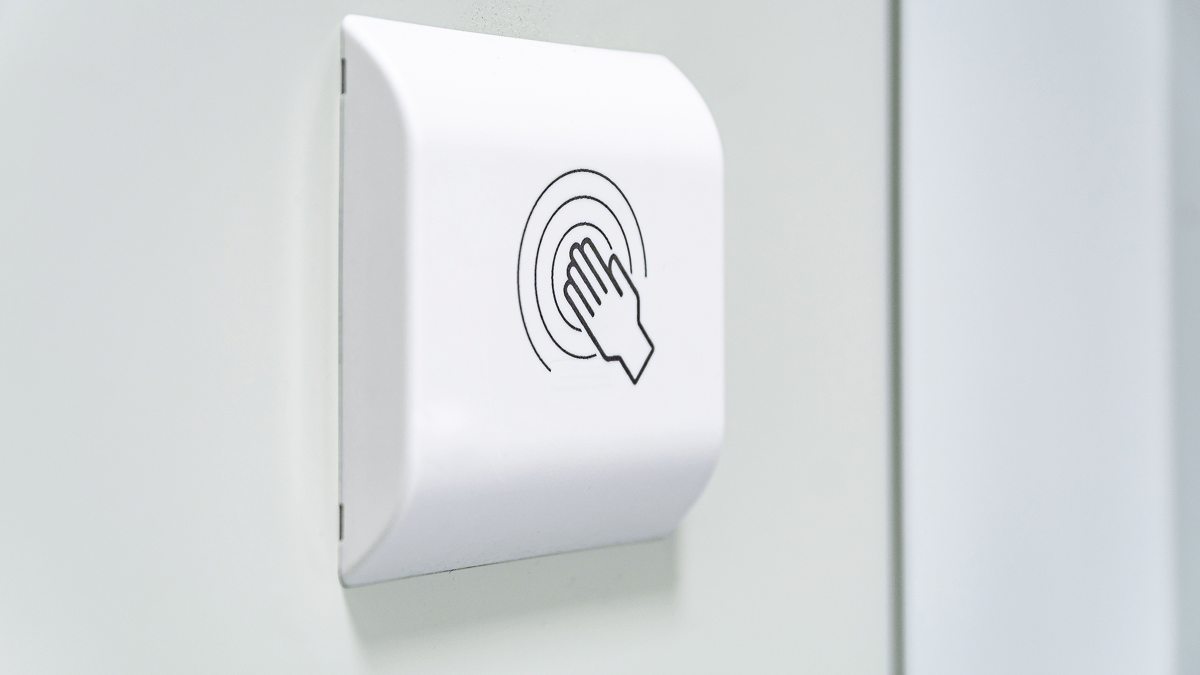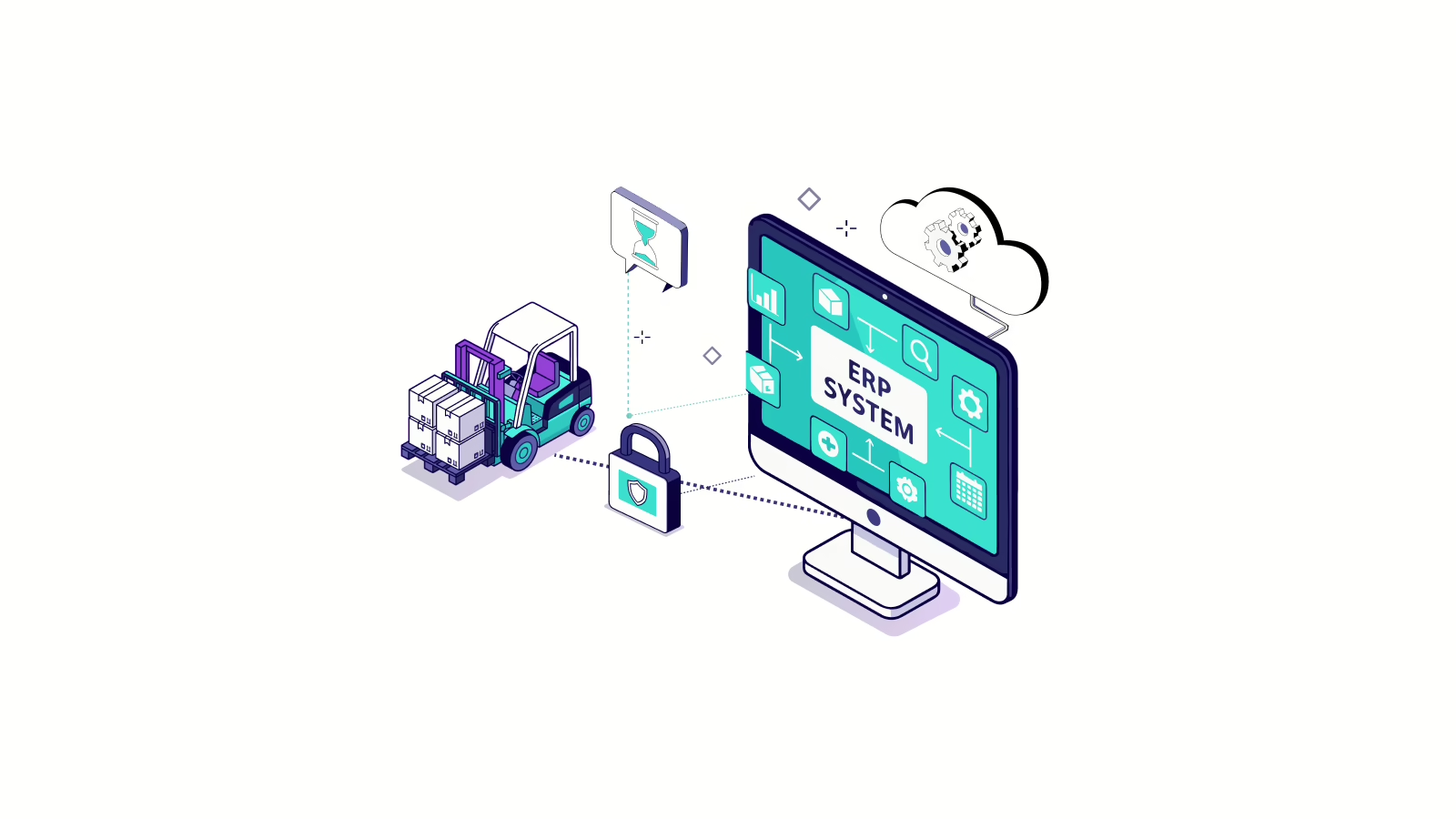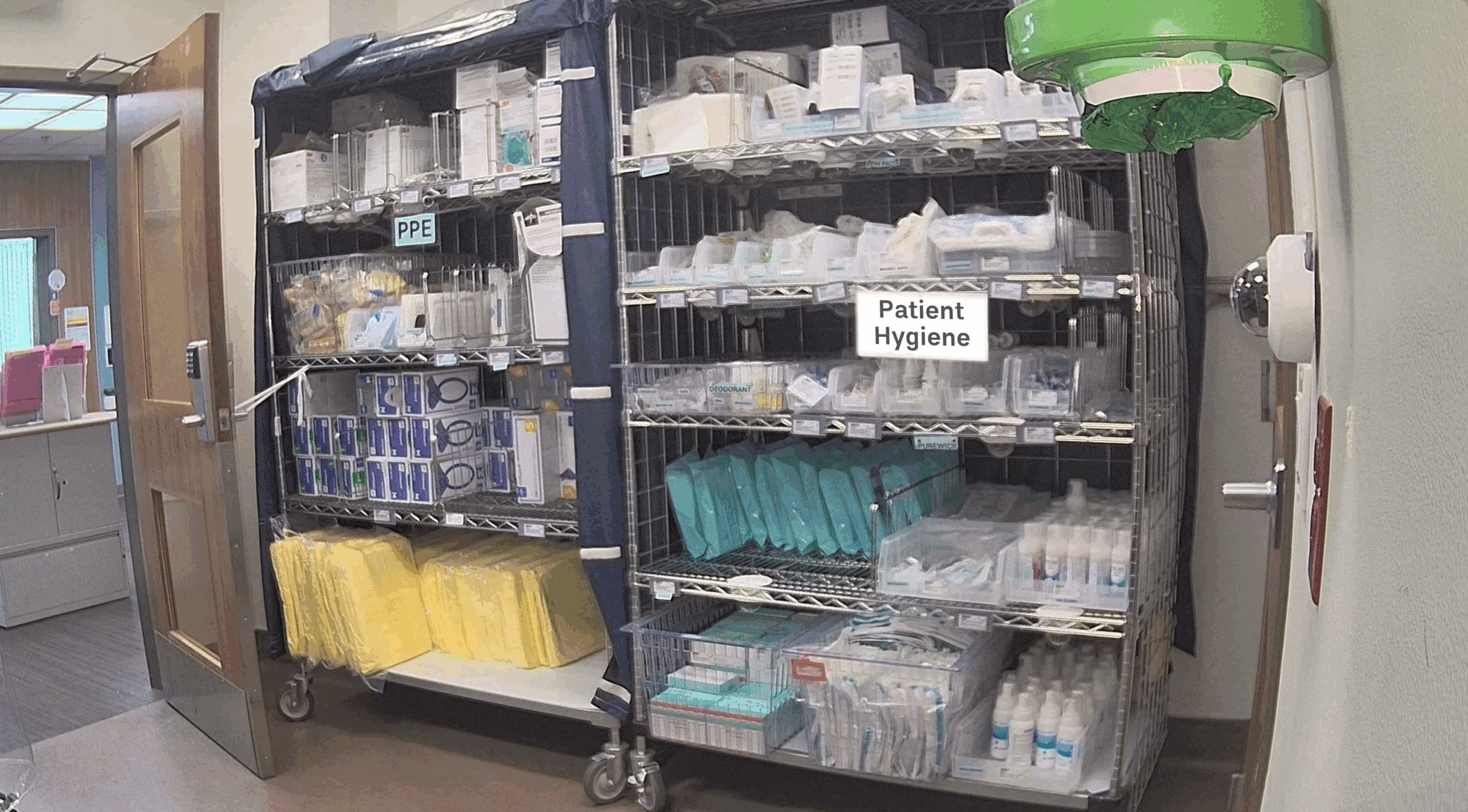Hospitals are under constant pressure to do more with less—and inventory management is no exception. Manual counts, last-minute stockouts, and overworked staff are signs that traditional methods aren’t cutting it. That’s why more healthcare organizations are turning to autonomous inventory systems. These AI-powered tools offer real-time tracking, predictive restocking, and seamless integration—saving time, reducing waste, and giving clinicians one less thing to worry about.
1. Eyes on Every Shelf, Every Second
You can’t fix what you can’t see—and that’s the big problem with traditional inventory methods. Traditional inventory methods rely on periodic checks or barcode scans which often lead to false confidence in stock levels. Staff might think items are in stock—until they reach for an empty bin.
Autonomous inventory systems fix this with always-on tracking, using RFID sensors or computer vision to log every item removed in real time. Supply rooms are scanned continuously, and restocks are triggered the moment thresholds dip.
Why it matters:
- No more “missing during surgery” surprises
- Supply chain teams see accurate, real-time dashboards
- Clinicians have what they need, when they need it
In short, you stop playing defense—and start staying ahead.
Want to learn more, read our blog on the comparison of RFID sensors vs. Computer Vision AI tracking systems.
2. Hands Off the Inventory—Literally
Nurses and techs didn’t sign up to do supply counts. But in many hospitals, that’s part of the job—taking time away from patients and adding to burnout.
Autonomous inventory systems eliminate this burden by automatically detecting usage and initiating reorders. No barcode scans. No spreadsheets. Just seamless, invisible supply management.
Benefits for your team:
- Less overtime spent searching for missing items
- Fewer errors from manual tracking
- More time at the bedside—not in the supply closet
It’s one of those rare upgrades that helps both the frontlines and the back office at the same time.
Get caught up! Read our blog on the comparisons between barcode tracking and autonomous Vision AI systems.
3. Stop Waste Before It Starts
Every year, hospitals toss out millions in expired or unused supplies. It’s not just wasteful—it’s expensive. And it’s usually because no one had clear visibility into what was used, when, and where. Expired products, overstocked items, and forgotten boxes in back rooms are all symptoms of outdated systems. And they add up—financially and operationally.
That changes with autonomous inventory solutions. These systems don’t just track what’s leaving the shelf—they also look ahead. With predictive analytics, they adjust reorder levels based on real-world usage, upcoming procedures, and seasonal trends.
Smart waste reduction:
- Prioritize use of soon-to-expire items
- Align orders with real consumption
- Cut annual waste from 30% to under 15%
That’s budget you can reallocate to better tools, training, or patient services.
4. Plays Nice with Your Existing Systems
A big reason traditional hospital inventory systems cause friction? They don’t talk to the rest of your hospital tech—billing, procurement, or clinical systems.
Autonomous inventory systems integrate directly with platforms like Epic, Oracle, and Workday. As items are used, data flows to the EHR, charge capture, and supply chain dashboards in real time.
This means:
- Fewer missed charges
- Instant PO generation
- Clearer cost-per-case tracking
Now, inventory isn’t just a backend operation—it’s part of the full care picture.
Learn more in our blog, Predictive Analytics in Healthcare Inventory Management: A Strategic Approach for Proactive Supply Chains.
5. Data That Works for You (Not Against You)
Inventory generates a ton of data—but most of it goes unused. Autonomous inventory systems don’t just capture that data; they analyze it. Which departments over-order? Which supplies are rarely used? When should you restock to avoid waste?
You get the answers before problems arise.
What this unlocks:
- Smarter ordering decisions
- Leaner operations across departments
- Agility during supply shortages or surges
It’s like going from a rearview mirror to a live GPS for your entire supply operation.
Learn more about the impact of manual inventory on clinical teams, visit: Why Manual Inventory Management Is Failing Healthcare.
From Supply Chain Chaos to Calm
Managing hospital supplies doesn’t have to be a manual, stress-inducing process. With autonomous inventory systems, hospitals are streamlining operations, reducing waste, and making life easier for everyone—from the OR to the storeroom.
If your team is tired of stockouts, inefficiencies, or inventory-related burnout, maybe it’s time to make the switch.
For additional insights, read: AI-Driven Hospital Inventory Management: What Healthcare Leaders Need to Know.
Curious what this could look like in your organization?
Schedule a quick zero-touch consultation with Chooch. Let’s explore how an autonomous inventory system can help your hospital operate smarter, leaner, and more effectively—starting today.







